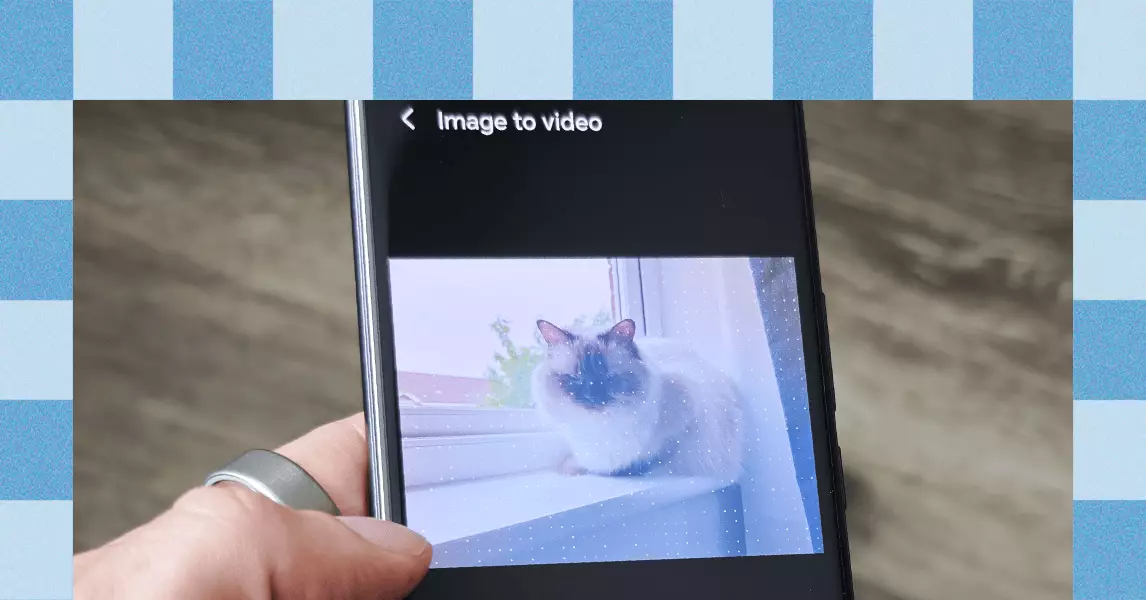Midrange smartphones have often played a supporting role in the consumer market, positioned between high-end flagships and budget devices. However, Honor’s 400 and 400 Pro models are breaking that mold. By integrating Google’s advanced AI capabilities into their Gallery app, these phones are poised to redefine how users interact with their photos and videos. Specifically, the inclusion of an image-to-video creation feature is noteworthy as it taps into the avant-garde of AI technology. This innovative tool allows users to transform still images into short videos, but it raises critical questions about authenticity and representation in the age of digital manipulation.
The Simplicity and Surrealism of the Process
Embarking on the journey of creating videos from still images is remarkably straightforward. Users simply open the Gallery app, select a photo, and watch as the AI works its magic. While the user experience is designed to be accessible—particularly for those not deeply tech-savvy—this process unveils a dual-edged sword. The resulting videos can evoke emotions ranging from awe to discomfort. Initial forays into this technology reveal a surprising spectrum of outcomes: some clips emanate a breathtaking semblance of life, while others conjure an uncanny valley effect that distorts reality rather than enhancing it. In this delicate balance between innovation and eeriness, the line separating genuine emotion and manufactured reality thickens.
The Artistry of Manipulation
For decades, the art of photography has continuously evolved, with techniques and technologies both authenticating and complicating what is considered “real.” This AI-driven approach to transforming stills into fleeting video becomes a point of contention. It does not simply enhance or retouch images; instead, it creates a fabricated narrative. Previous generations of photo editing focused largely on style—smoothing out imperfections, enlarging skies, and adding filters to evoke specific feelings. Now, we are confronted with the capability to construct entire moments from static images, which prompts reflection on the authenticity of the material being presented.
Moreover, the implications of generating videos from photos extend beyond casual use—the ramifications touch on our collective understanding of reality. The potential for misuse, whether in satire, misinformation, or simply warp our perceptions of shared experiences, becomes pronounced. Identity, memory, and the very fabric of shared experiences risk dilution in an era where AI blurs lines between the real and the artificial.
The Balancing Act of Technology and Emotion
As users test the capabilities of the Honor 400 and 400 Pro, a recurring theme emerges: while the technology is fascinating, the emotional responses it elicits can be conflicting. The joy of seeing loved ones seemingly come alive on screen can be quickly overshadowed by feelings of disconnection. The experience shifts from being an engaging tool to a source of uncanny discomfort. As users upload images of family and friends, the AI’s sometimes faulty interpretations of human expression can lead to humorous, unsettling, or even grotesque outcomes.
Ultimately, this innovation presents both an exciting opportunity for engagement and a sobering reminder of the inherent complexities of artificial intelligence in our daily lives. As we navigate this new terrain, one must remain vigilant about the implications of our technological enhancements, striving for a balance between creativity and authenticity amidst the ever-evolving digital landscape.

